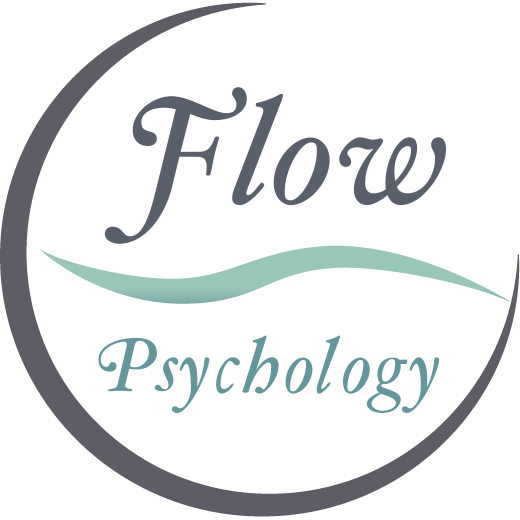Have you ever paid any attention to your thoughts, especially the negative ones?
Most people tend to wander through life without really paying any attention to what is going through their minds.
Your thoughts refer to the ways that you make sense of situations. Thoughts can take a number of forms, including verbal forms such as words, sentences, and explicit ideas, as well as non-verbal forms such as mental images. Thoughts are the running commentary we hear in our minds throughout our lives.
These thoughts create feelings, feelings are the result of for example the emotion of anger.
when we feel the emotion of anger, we have the feeling of our face going red. When we feel the emotion of anxiety, we have the feelings of our heart pounding and muscles tensing. Feelings are the hard-wired physical appearance of emotion.
Behaviours are simply the things you do. Importantly, behaviours are also the things we don’t do or avoid. For instance, if we feel overwhelming anxiety, we might bow out of a speaking engagement. On the other hand, if instead, we feel confident, we might actually seek out those sorts of engagements.
The most important thing to remember is each of these components interacts with the other to create moods and emotional patterns. Changing one component results in a chain reaction that changes the others.
If you want to learn to manage your mood and act more effectively in the face of challenging situations, it is crucial to develop the ability to identify and distinguish between thoughts, feelings, and behaviours. Usually, when we are overwhelmed, emotion feels like a tidal wave of discomfort, but as I mentioned above we don’t stop to pay any attention to our thoughts and to clarify the components of that emotion. As a result, we have great difficulty doing anything about our mood other than waiting for it to pass all on its own.
By breaking an emotion down into its parts in the moment, we develop very important insight into the factors that are maintaining or worsening our unpleasant emotions. Figuring out the thoughts, feelings, and behaviours, we discover how to intervene: which thoughts need to be changed, and seeing what behaviours are making the problem worse, for example avoiding things. Practising the skill of identifying all of the parts of the emotion using the CBT model, we become more skilful at steering our moods toward more effective and resilient responses, thinking and acting skillfully in the moment to actively handle the challenges of the situation at hand.
Cognitive-Behaviour Therapy (CBT) can have more enduring effects than antidepressant medication. Some estimates are that the rate of relapse for depression is 60% after people go off antidepressants, compared with 29% after completing CBT.
Clearly, changing your thinking and behavioural patterns can have important lasting effects on your life.
Time to get started?



